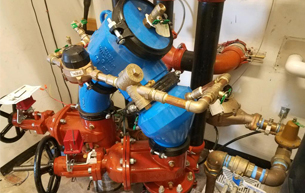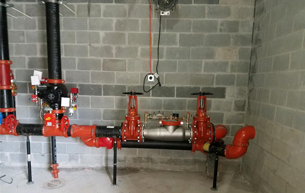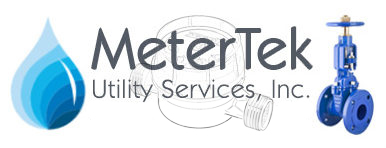Cross Connection Control and Backflow Prevention
Drinking Water Protection
An introduction to cross connection control:
Water Utilities provide drinking water to millions of residents and businesses throughout the state of New Jersey. Your water, which must meet stringent safe drinking water regulations set forth by the New Jersey Department of Environmental Protection (NJDEP) and the Environmental Protection Agency (EPA), is subject to rigorous water quality treatments and testing prior to being distributed to your home or business.
Water Utilities must comply with the federal Safe Drinking Water Act (SDWA) and the New Jersey Safe Drinking Water Act N.J.A.C. 7:10, which were established to protect human health from contaminants in drinking water and to prevent contamination of existing groundwater supplies. One of the primary requirements of these regulations is the installation and maintenance of an approved backflow prevention assembly at the water service connection whenever a potential hazard is determined to exist in the customer’s system.
Without the proper protective device installed and maintained, a cross connection can allow contaminants or non-potable water to flow into the water distribution system.
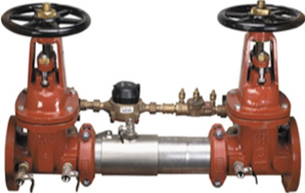
What is a cross connection?
A cross connection occurs when there is a connection or potential connection between a public water system or consumer’s potable drinking water system and an unapproved source or system. A cross-connection could allow substances from an unapproved source or system to enter the potable water system when a backflow condition occurs. Some examples of unapproved sources or systems include tanks, ponds, wells, pools, irrigation systems, cooling systems or process waters.
What is backflow?
Backflow is the undesirable reversal of flow of a liquid, gas or other substance in a potable water distribution piping system. There are two situations that can cause the reversal of flow (backflow):
Backpressure – Occurs when the water pressure in a customer’s plumbing system is higher than the incoming supply pressure
Back-siphonage – Occurs when the upstream pressure in a piping system is reduced to a lower or negative pressure creating a backflow event
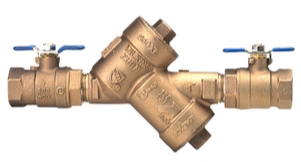
How is the public drinking water protected from backflow?
The best way to protect drinking water is to prevent pollutants or contaminants from entering the drinking water supply by installing and maintaining a backflow preventer directly after the water meter. There are several types of approved backflow preventers available that can be installed. The type of device required depends on the health risk associated with the pollutant or contaminant conditions in the customer’s system.
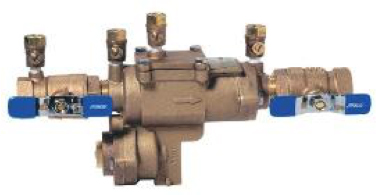
What is considered a potential health risk?
A cross connection or potential cross connection involving any substance that could cause death or illness, spread disease or have a high probability of causing such effects, if introduced into the potable water supply.
Our Commitment:
As a Water Utility Contractor, our licensed professionals are commited to provide Backflow Prevention Services to ensure safe, regulatory-compliant drinking water within their communities.

